All products mentioned in this article are linked below.
Have you ever felt so lost in the screw aisle of a hardware store?
Just you and the thousands of screws surrounding you. Where do you even begin to look? There are just so many types and variations!
This article aims to give you a head start. In this case, we know our purpose for shopping screws: picture hanging. And with that, we’re off to a great start. Let’s dive deeper into it, shall we?
What are Picture-Hanging Screws?
When you need to combine two solid objects, you’ll think of screws right away. However, in the case of hanging picture frames and other wall decor, screws are installed on the wall, so you have something to hang on.
As you already know, frames are hung using D-rings, sawtooths, and picture wire. If hooks and nails are not your cups of tea, then picture-hanging screws are your best bet. Picture hanging screws have many variations and features that will make your life easier.
That said, check out the different types of screws for picture-hanging!
Bear Claw Screw Hangers
First on the list is Bear Claw Screw Hangers.
Why? Because bear claw screw hangers are double-headed anchorless screws with a sharp self-drilling tip. Thus, no pilot hole is required! You can skip the drill and use your good old screwdriver.
Check out their other features!

Hang frames and decor on drywall, plaster wall, or lath. In drywall, bear claw screw hangers can support 30 lbs without a stud and 100 lbs in wood stud.
The smaller neck on the screw fits most keyhole hangers or cutouts. You can also hang frames that use picture hanging wire, sawtooth, or D-rings.
⚒️ How to Install Bear Claw Hangers
- Mark the wall where you want to install the screw.
- Puncture the screw into the wall and drive it in using the screwdriver.
- Hang your frame.
Concrete Screws
If bear claw screw hangers are for drywall and plaster walls, we have concrete screws for solid surfaces.
Concrete screws are designed to have a solid and secure hold for medium to high load applications into concrete, solid brick, or stone surfaces. They penetrate the concrete with a serrated cutting thread and provide a secure fix.
Since rigid materials like concrete and brick require a correct drill and anchor, selecting the proper hardware is vital to ensure a good bond. By choosing correctly, you can avoid issues during post-installation.
⚒️ How to Install Concrete Screws
- Drill a pilot hole.
- Clean the hole so that it’s free from debris.
- Drive in the concrete screw into the wall.
Wall Dog Screws
At this point, we’ve got screws for drywall and screws for concrete. You’re probably wondering if there’s a type of picture hanging hardware or screw compatible for both. The answer is yes!
Wall Dog Screws are one-piece screws with a heat-treated point that can penetrate metal and wood studs. Like bear claw screw hangers, you can skip the drill and anchor on drywall, gypsum board, and plasterboard and install the screw using a screwdriver.
As for the weight capacity, you can hang light to medium weight objects like paintings, mirrors, and shelves. Wall dog screws can hold up to 50 lbs in drywall and 200 lbs in concrete.
Do you want to know what else? Check out the other features here!

Aside from the mentioned substrates above, wall dog screws are your ideal choice for masonry, wood, concrete, and brick. They’re non-combustible fixings designed to be used on hard concrete. With its fire safety features, wall dog screws comply with Amendment 3 of the Institution of Engineering and Technology updated wiring regulations.
⚒️ How to Install Wall Dog Screws
Installing them differs depending on the substrate. Read the instructions below thoroughly for details on each type of wall.
1. Drill a 3/16” pilot hole first if you’re installing on plaster wall, brick, and concrete wall.
- On metal or wood substrates, skip the drill and use a Phillips screwdriver instead.
2. Hang your frame.
Screw Eye Hangers
Screw eye hangers are small hooks with a threaded shank used for driving into woodwork or paneling. They have a loop on one end and threads on the other. Screw eye hangers are used when you need to attach cables to objects.

⚒️ How to Install Screw Eye Hangers
- Puncture the screw onto the frame.
- Tighten by rotating the hanger until the threaded portion is inside the frame.
- Attach the picture wire into the loop portion of the screw eye hanger.
- Hang the frame.
Pan Head Sheet Metal Screws
If you work with sheet metal, plastic, and wood substrates a lot, you’re very familiar with this type of screw. They are called pan head sheet metal screws.
These self tapping metal screws have sharp precision threads to cut through the mentioned surfaces. Because it provides good retention in wood, pan head sheet metal screws are commonly used to attach metal to wood materials.

In the case of picture hanging, these screws are used with our other products, such as French cleats, steel utility hooks, and gallery systems.
Screws aren’t the only available items under our hardware category; we also have plastic anchors for drywall. Check out more details in the next section.
Wall Anchors
Sometimes, hanging something heavy on the wall needs more support than the standard screw. Nails and screws aren’t exactly made for all different wall substrates, and that’s where anchors come in.
They are plastic inserts that allow you to insert screws into the wall without the soft wall falling apart. Anchors are meant to be inserted into the wall first, followed by the screw. This way, the screw can get a firm grip on the wall.
We have three types of wall anchors available in store.
Snap Skru Anchors
A Snap Skru Anchor is a self-drilling drywall anchor that doesn’t need a pilot hole. This type of drywall anchor is a glass-filled nylon body with jaws that open to provide a strong vibration. Aside from that, they’re also shock resistant. They work best with an #8 screw but can also be used with #6, #7, and #10.
⚒️ How to Install Snap Skru Anchors
- Press the tip of the anchor to the wall.
- Drive in the anchor into the wall using a screwdriver.
- Place the item over the anchor. Then, insert and tighten the screw to secure.
- Listen for the anchor to “pop” so you know it’s locked from the other side of the wall.
Snap Toggle Anchors
Snap Toggle Anchors are long plastic straps with a small metal channel on their end. This uniquely shaped anchor can hold up heavy weights; it can support up to 1,080 lbs in concrete blocks and 265 lbs in drywall.

What’s incredible about the Snap Toggle Anchors is that they are reusable. The plastic straps hold the metal channel in place while the metal channel locks itself from the other side of the wall. Since the metal channel stays in place, you can remove the bolt without losing the anchor in the wall.
⚒️ How to Install SnapToggle Anchors
- Drill a hole.
- Hold the metal channel flat against the plastic straps and insert the anchor into the hole.
- Hold the end of the straps and pull towards you until the metal channel rests behind the wall.
- Slide the cap along the straps until the flange of the cap is flush with the wall.
- Snap off the plastic straps level with the flange of the cap.
- Place the item over the anchor. Then, insert and tighten the screw to secure.
Plastic Anchors
You’d often see these red and blue plastic anchors when you order many picture-hanging products from us. They are also called wall plugs or rawl plugs.

Plastic Anchors ensure that the screws driven into masonry walls provide a secure fixing. They’re designed to expand inside the wall when the screw is inserted. This allows the anchor to get a tighter grip on the wall and provide adequate support.
⚒️ How to Install Plastic Anchors
- Press the tip of the anchor to the wall.
- Drive in the anchor into the wall using a screwdriver.
- Place the item over the anchor. Then, insert and tighten the screw to secure.
Final Thoughts
Screws are at the heart of picture hanging. They play a crucial part in holding up your frames and keeping them stable for a long period.
If you like to keep your picture hanging simple and direct to the point, then screws are your best bet! Luckily for you, we have a variety of screws for different wall substrates you can look through. Happy hanging!

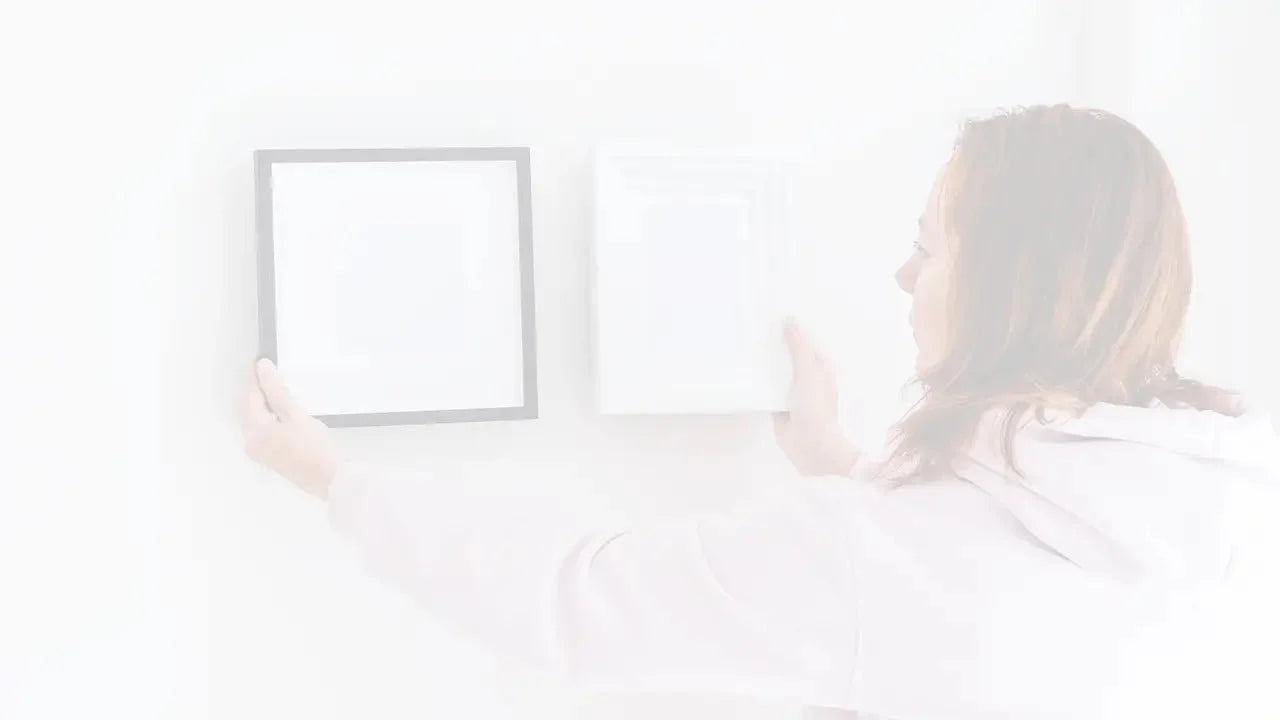
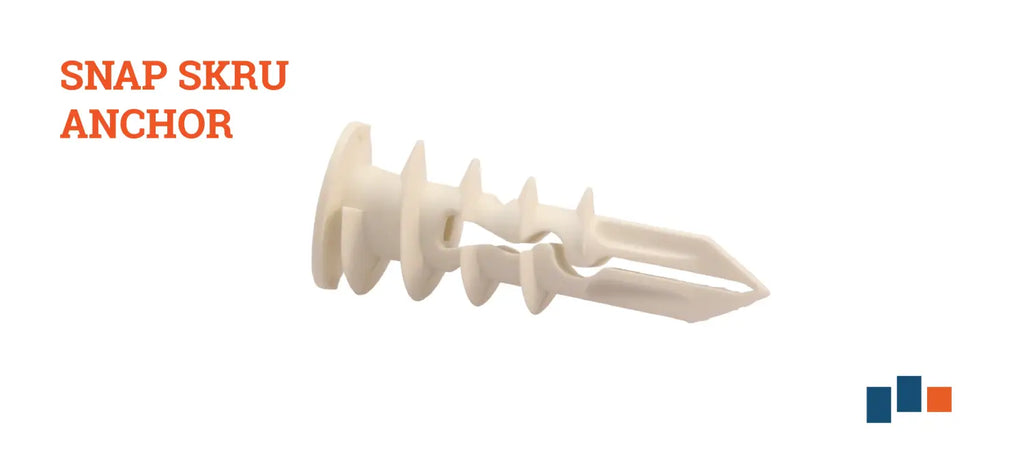
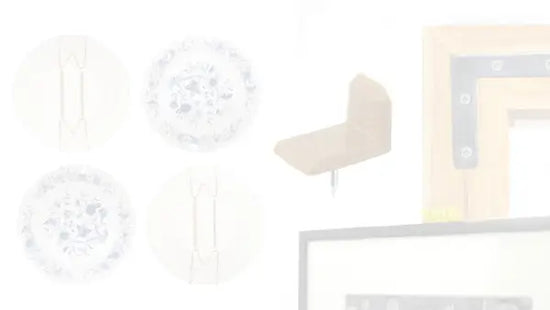
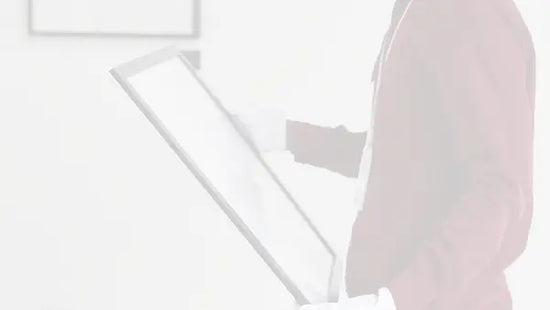
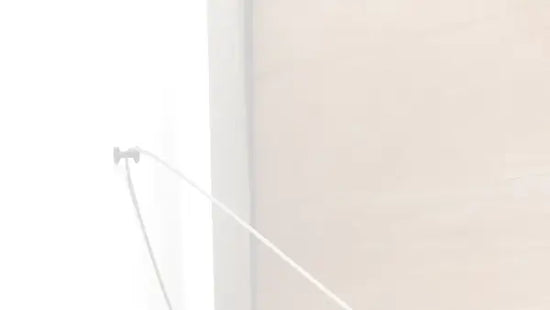
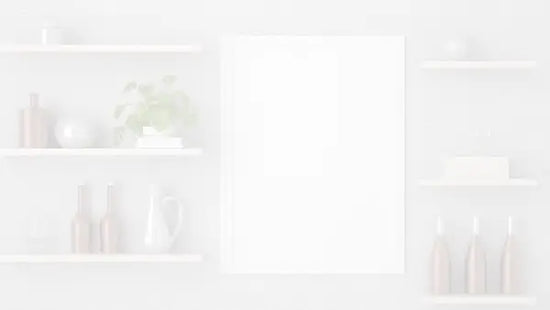
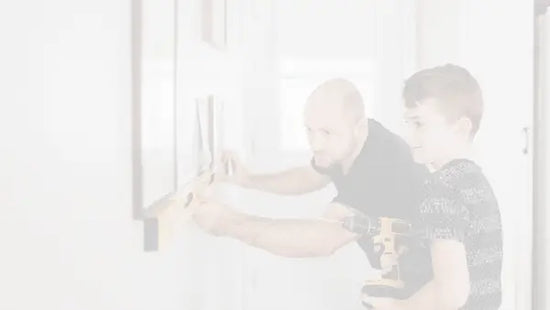
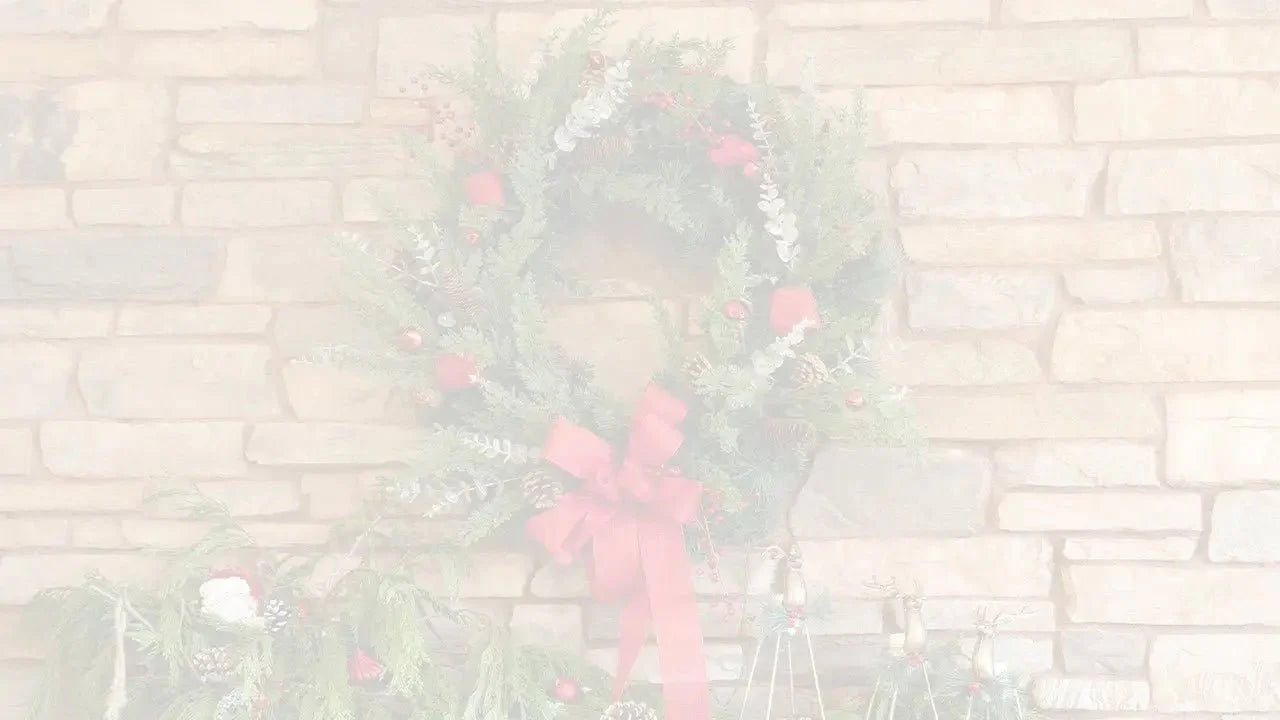
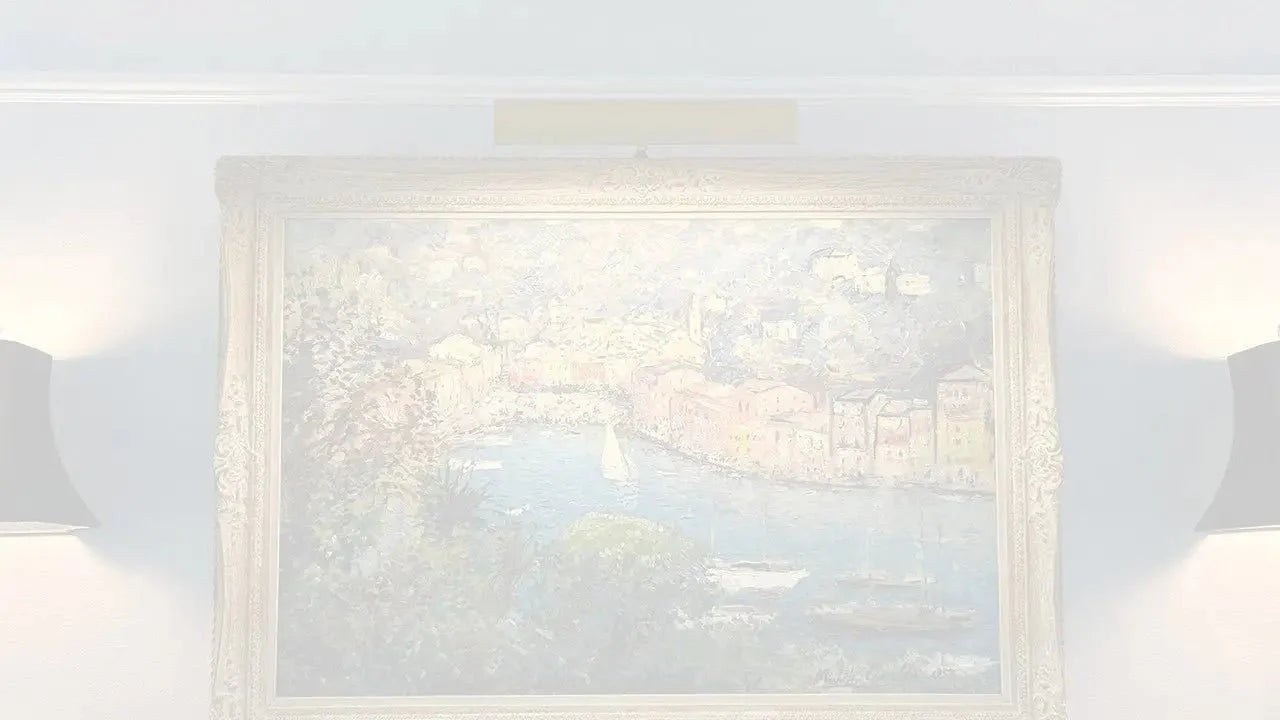
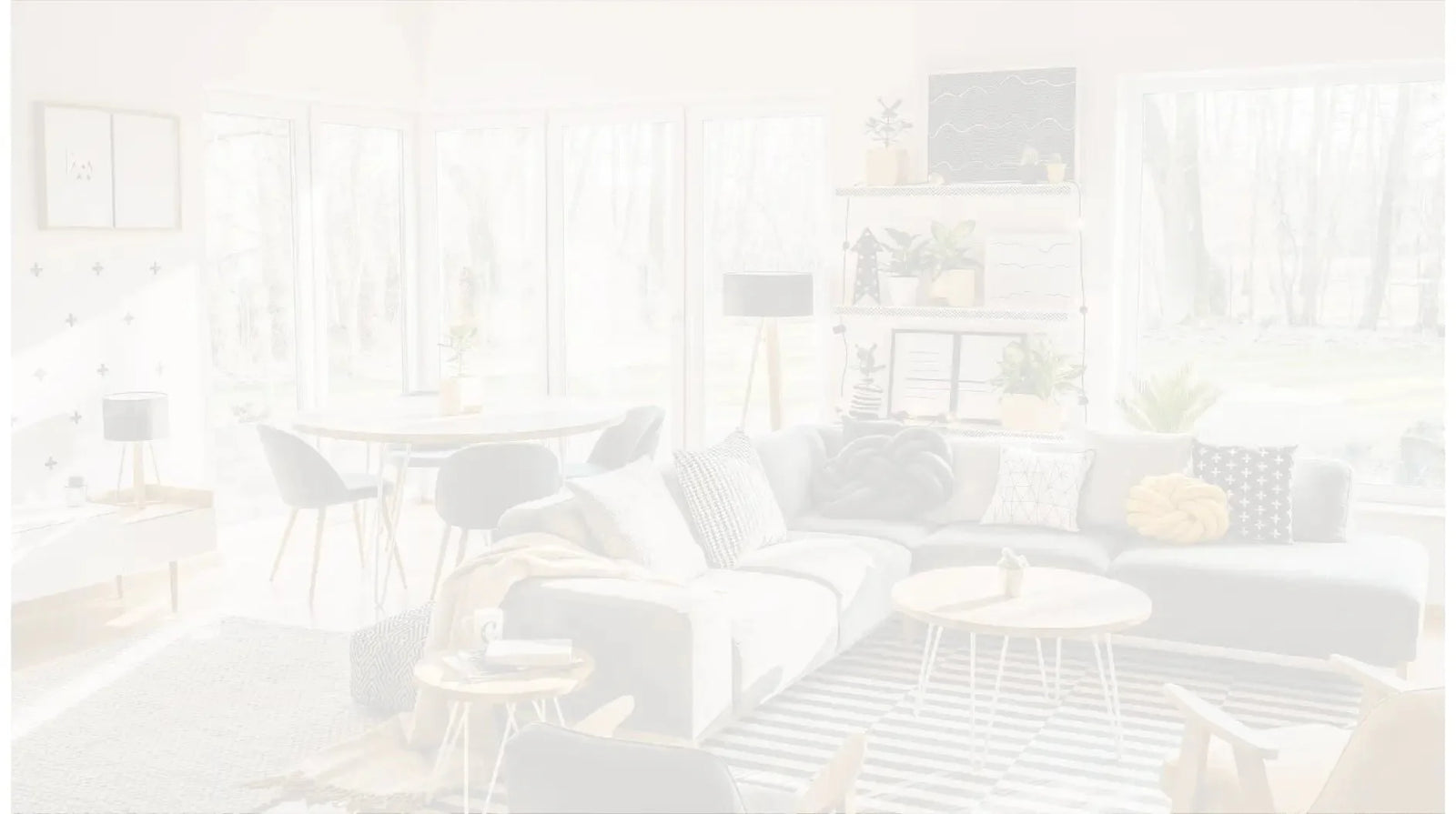
Leave a comment (all fields required)